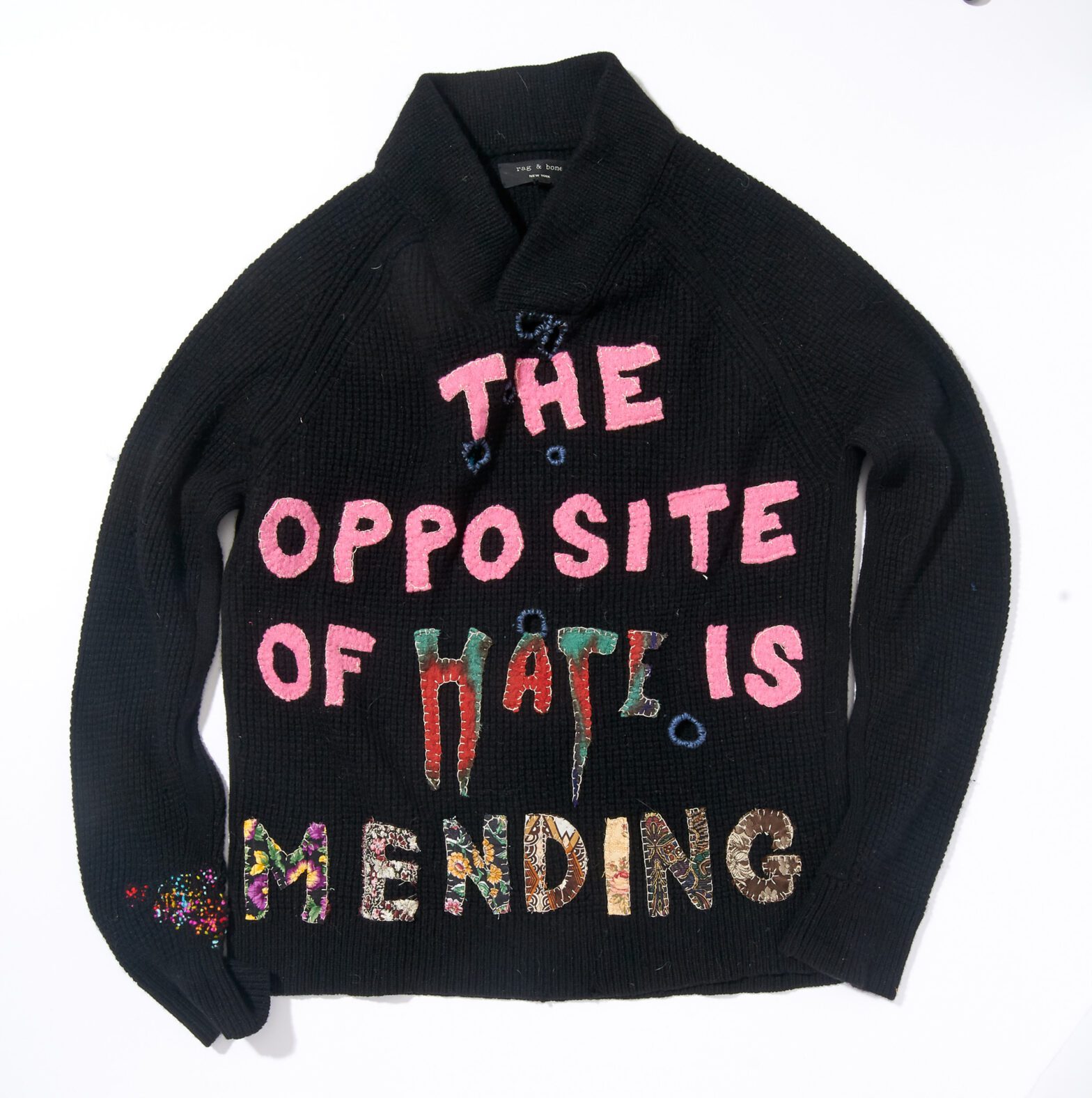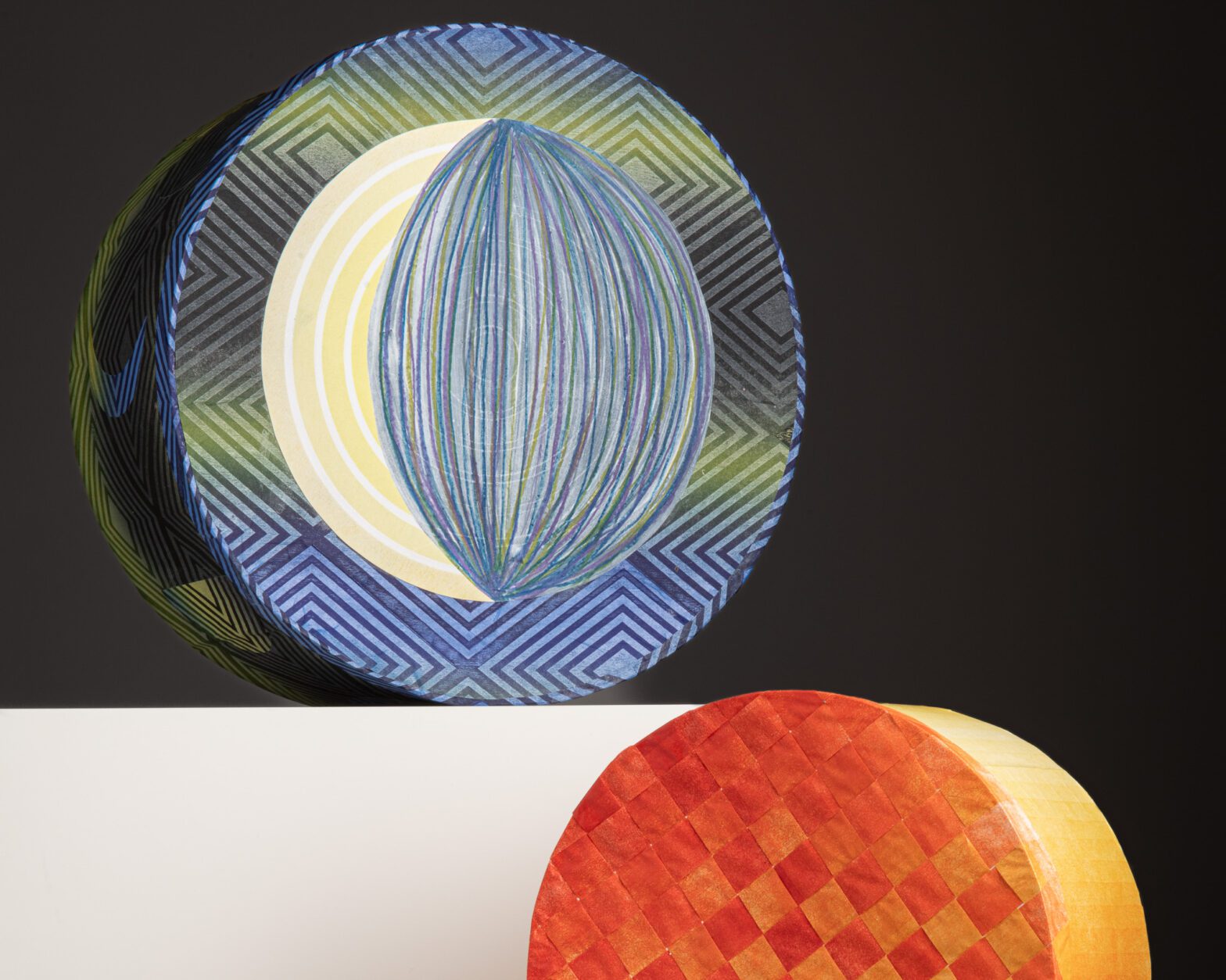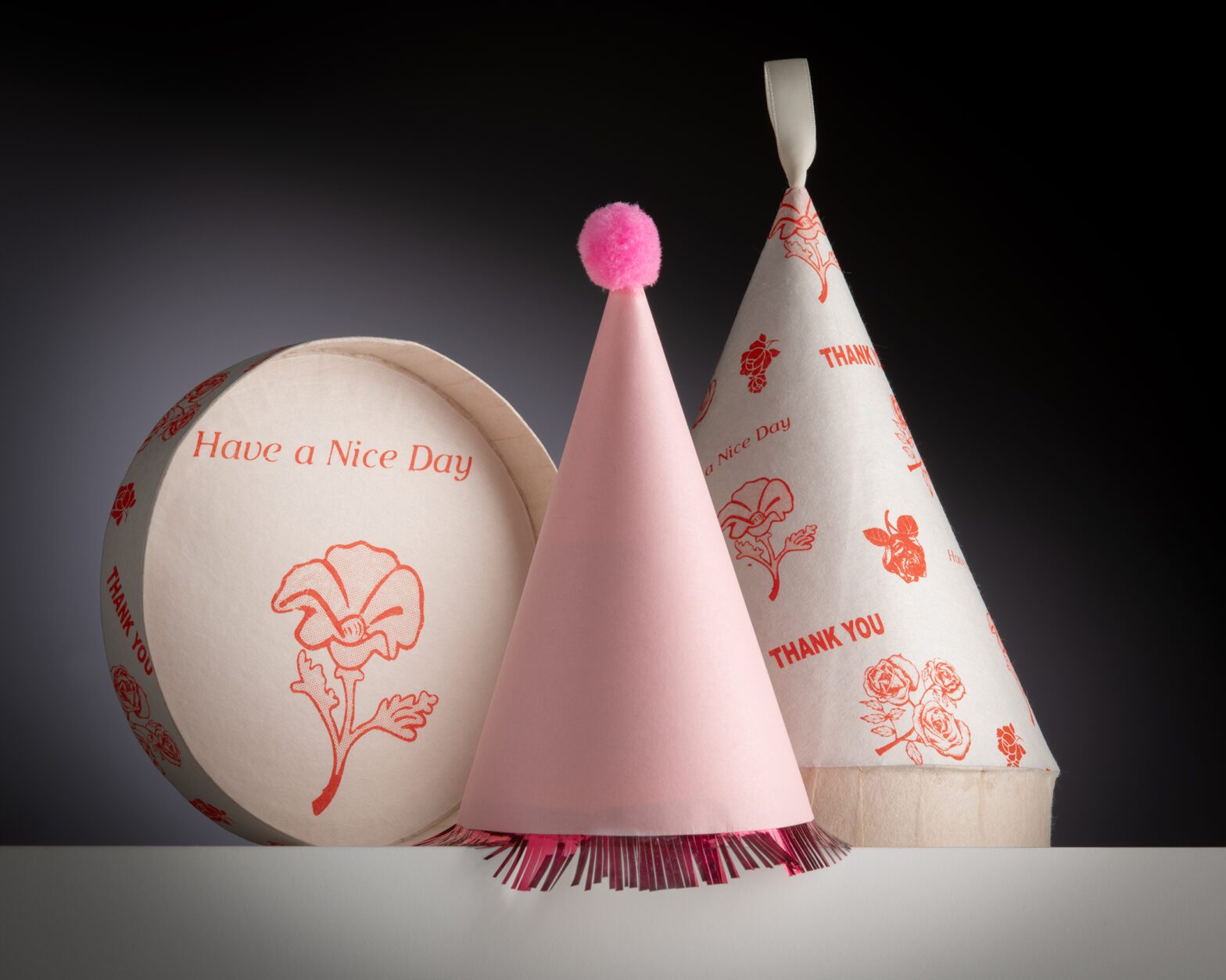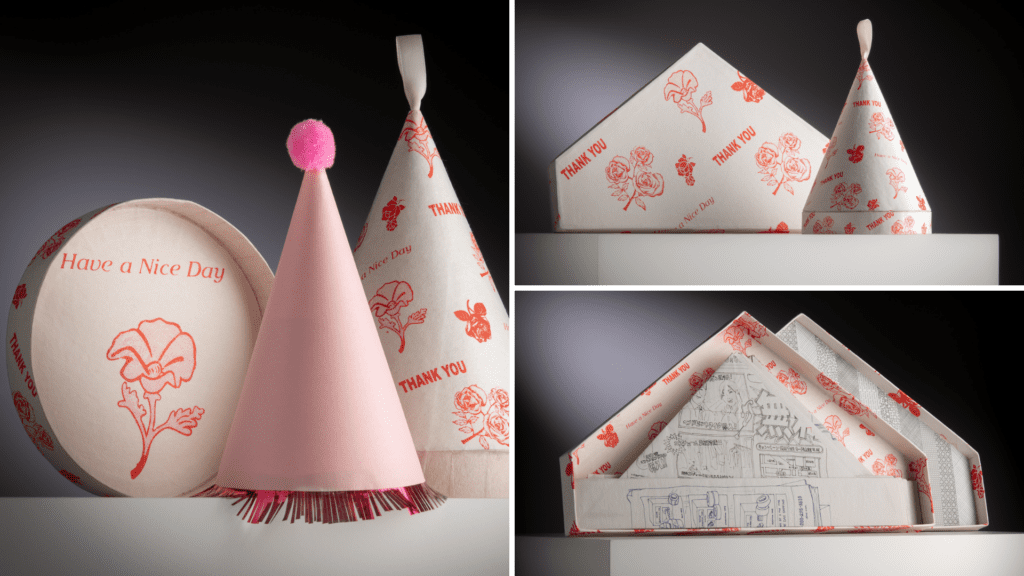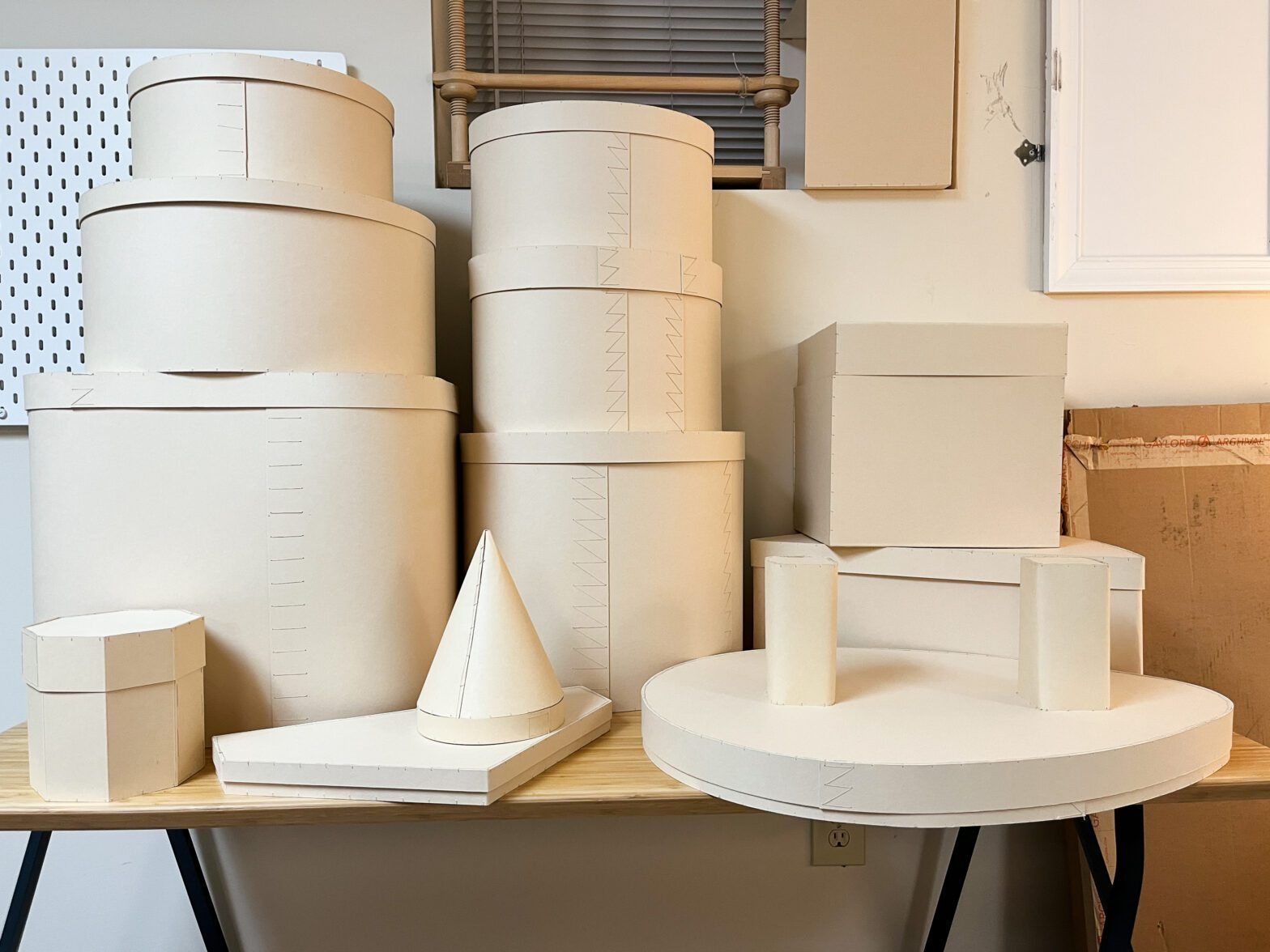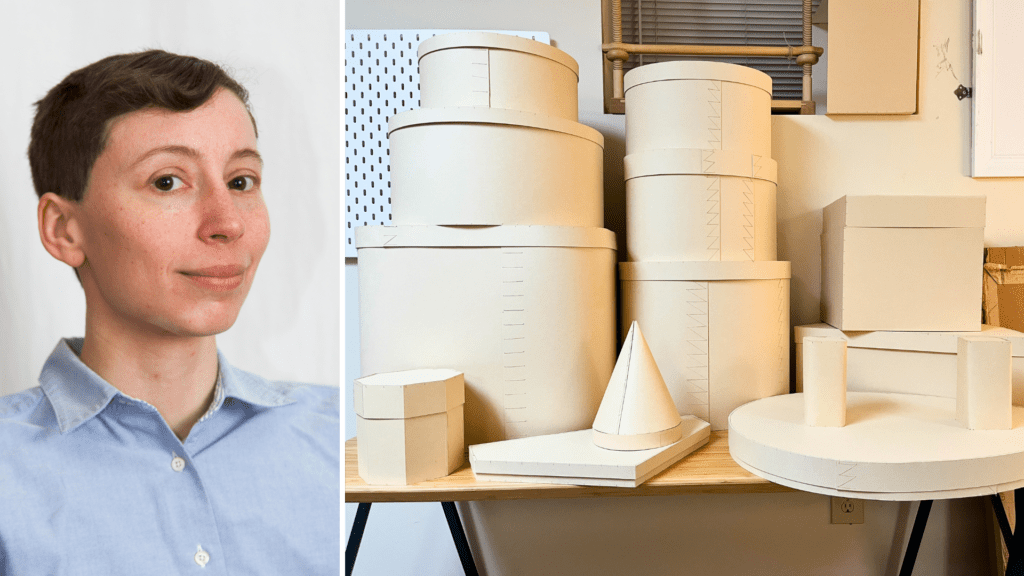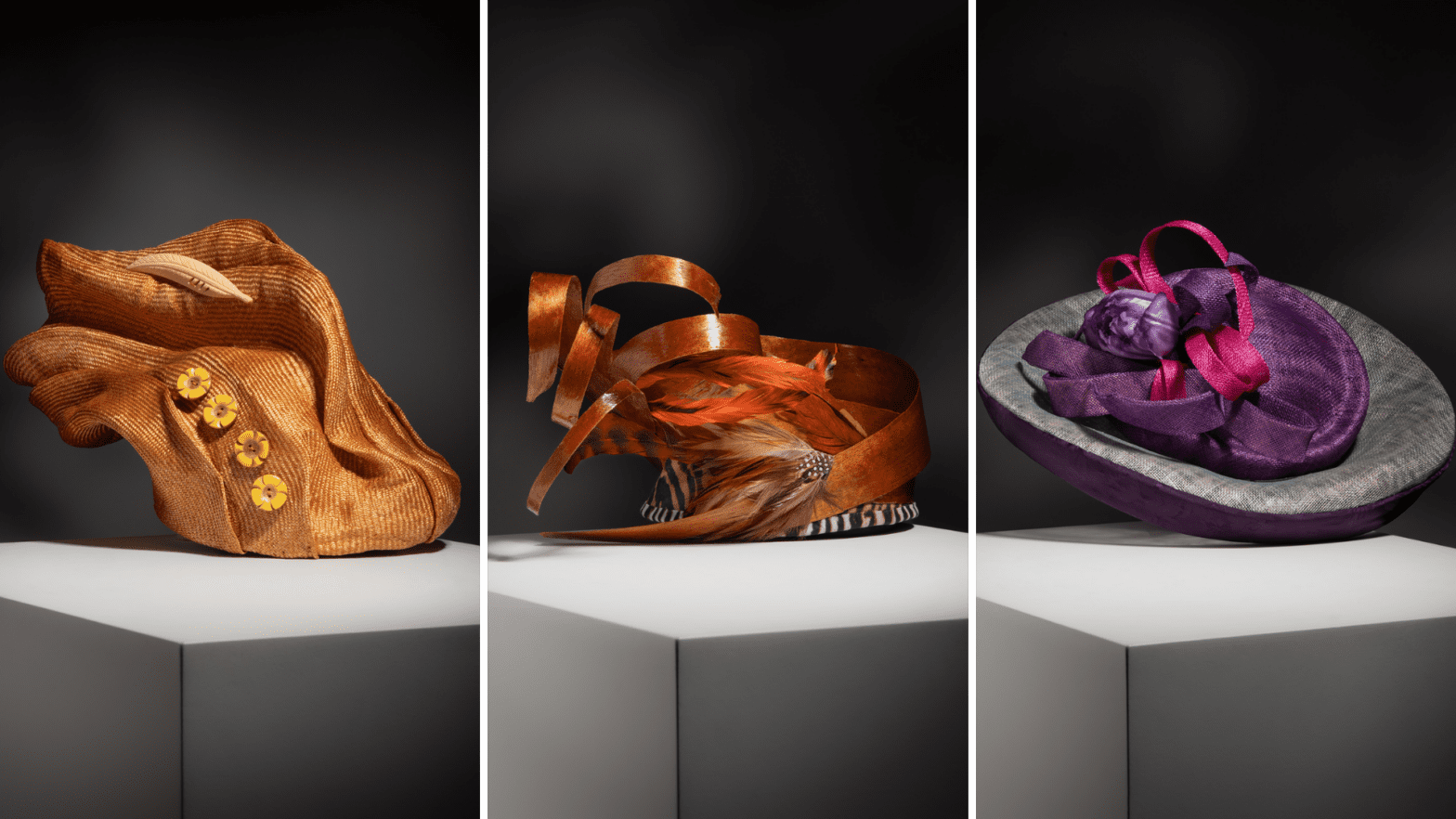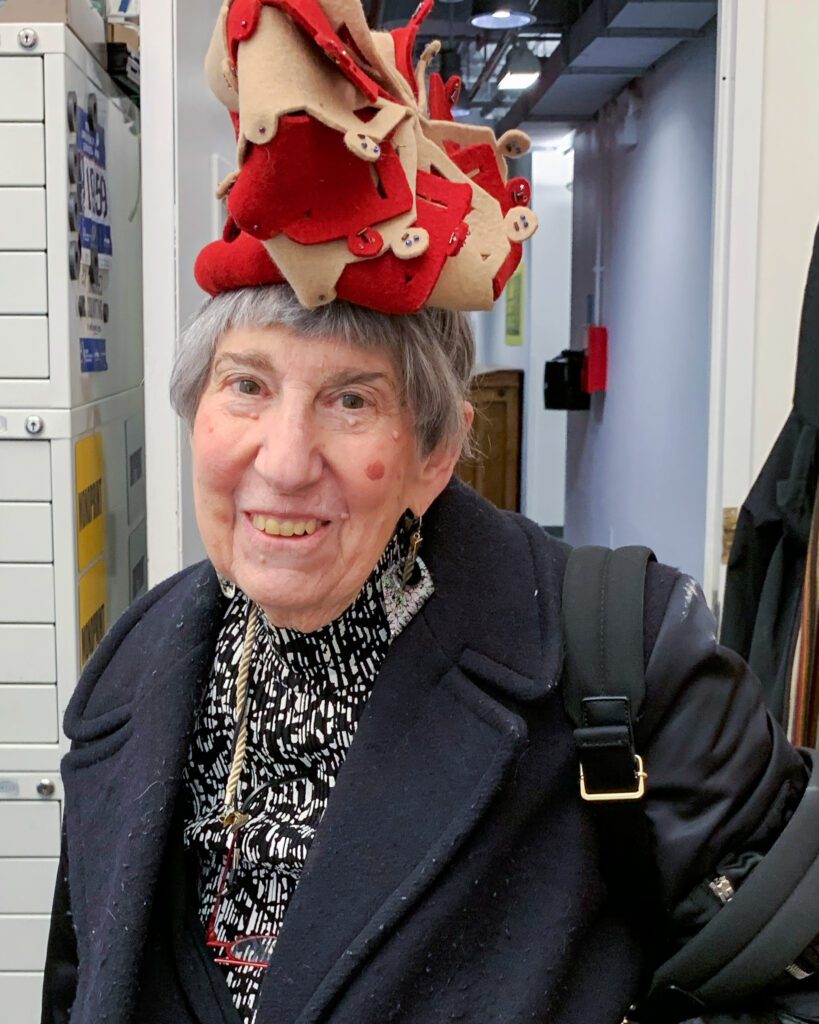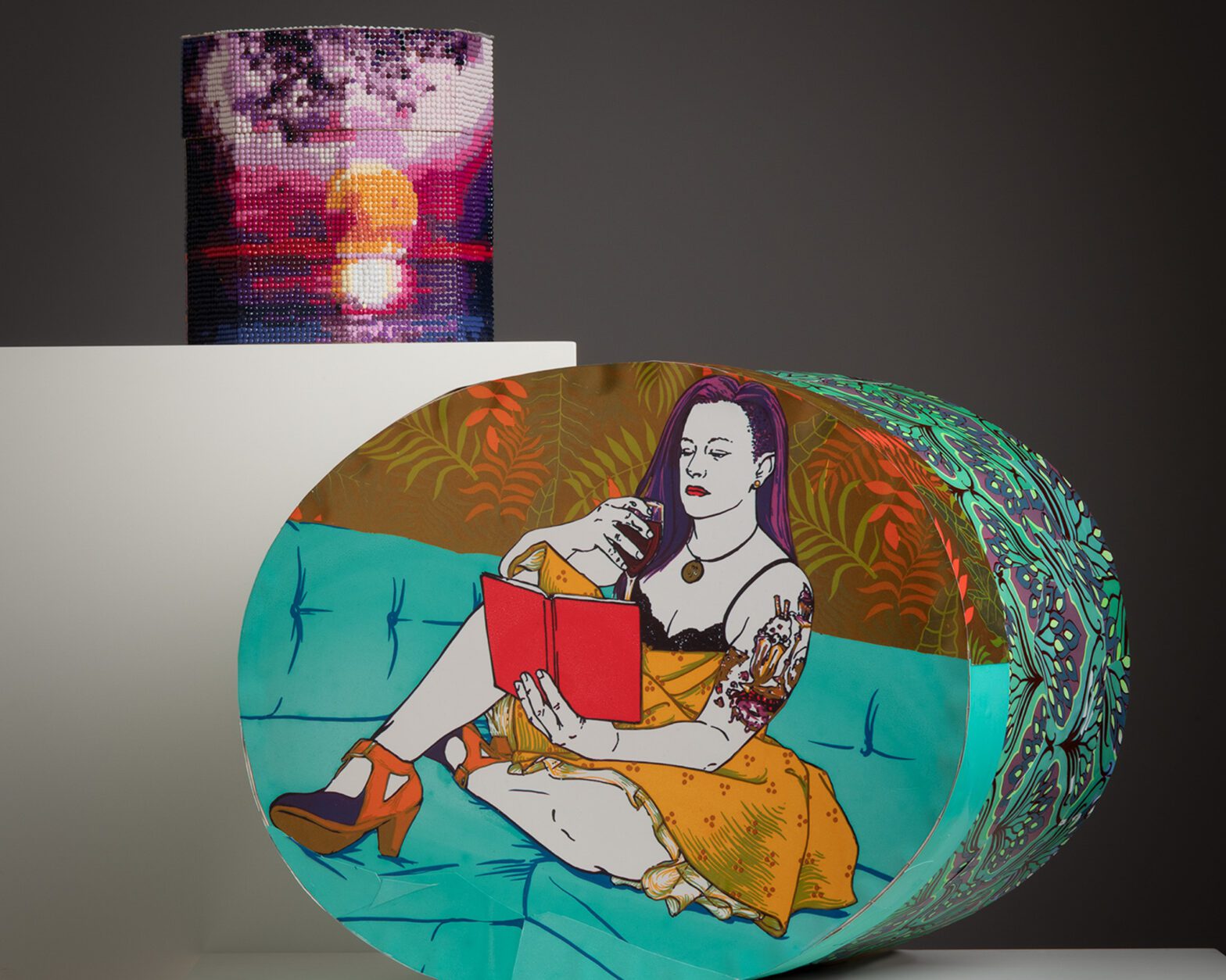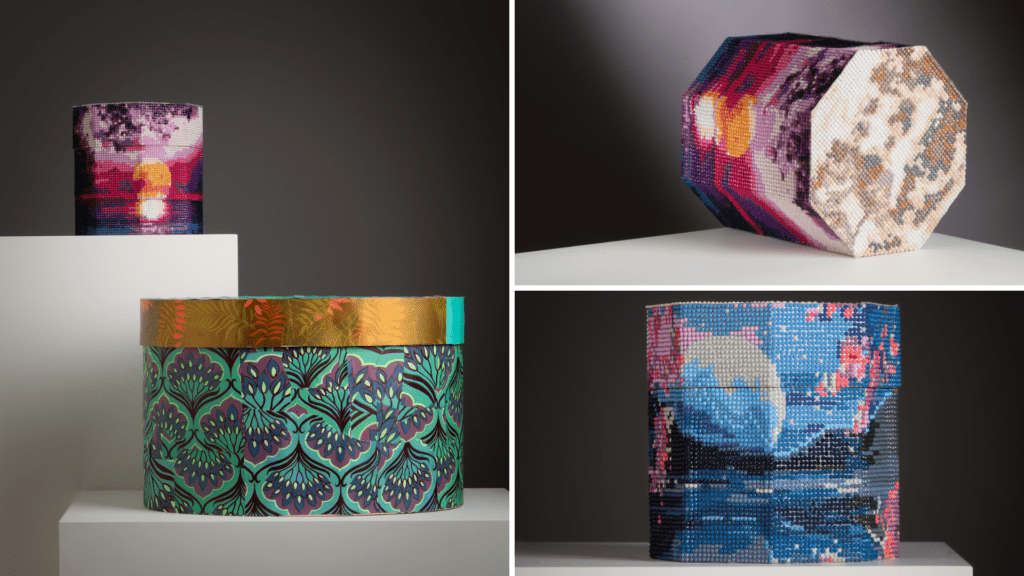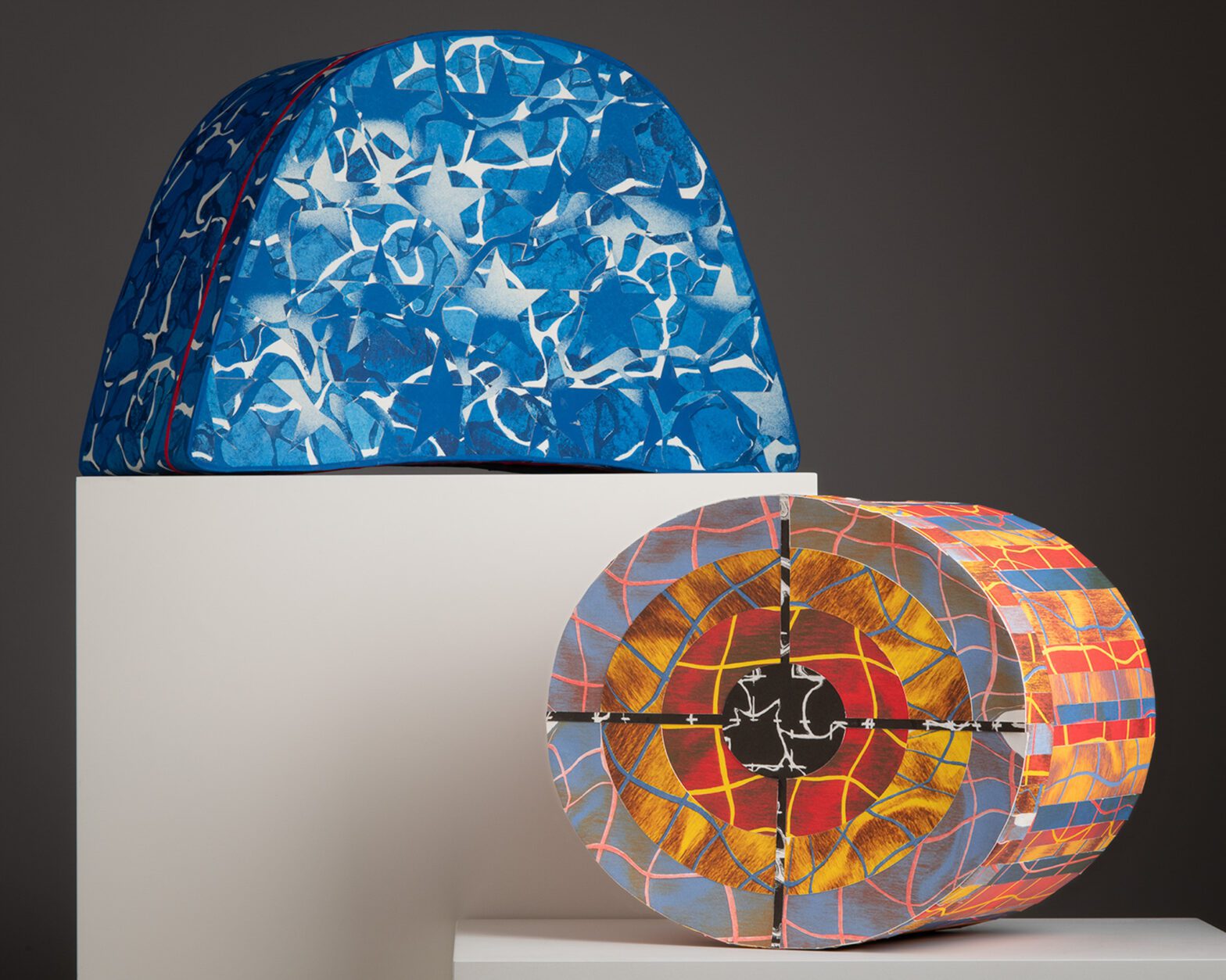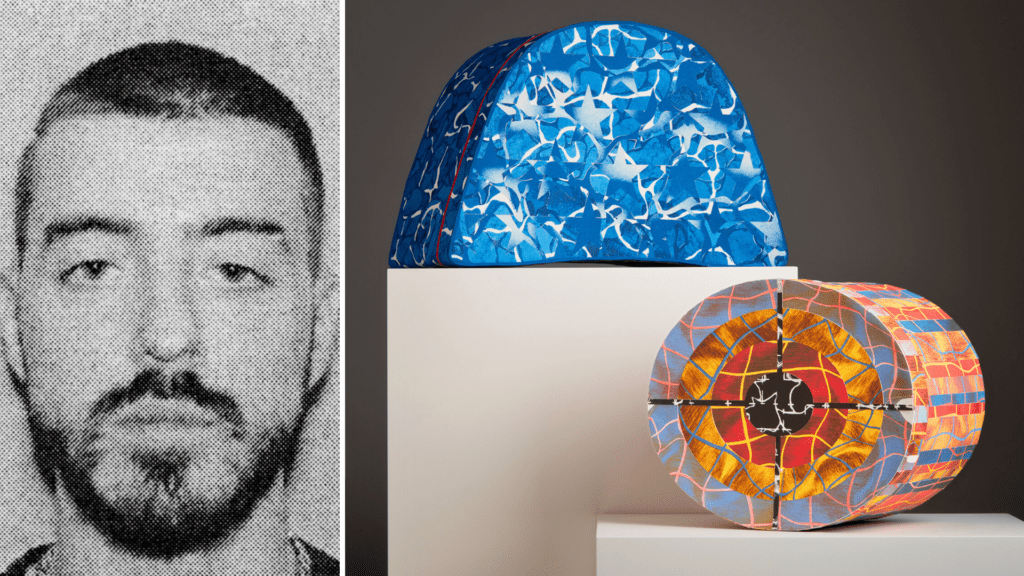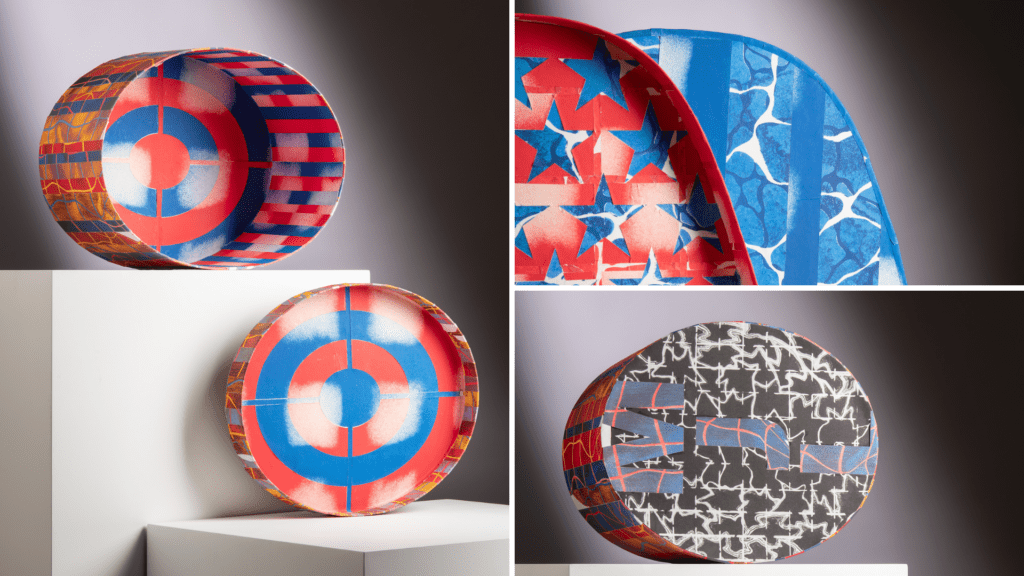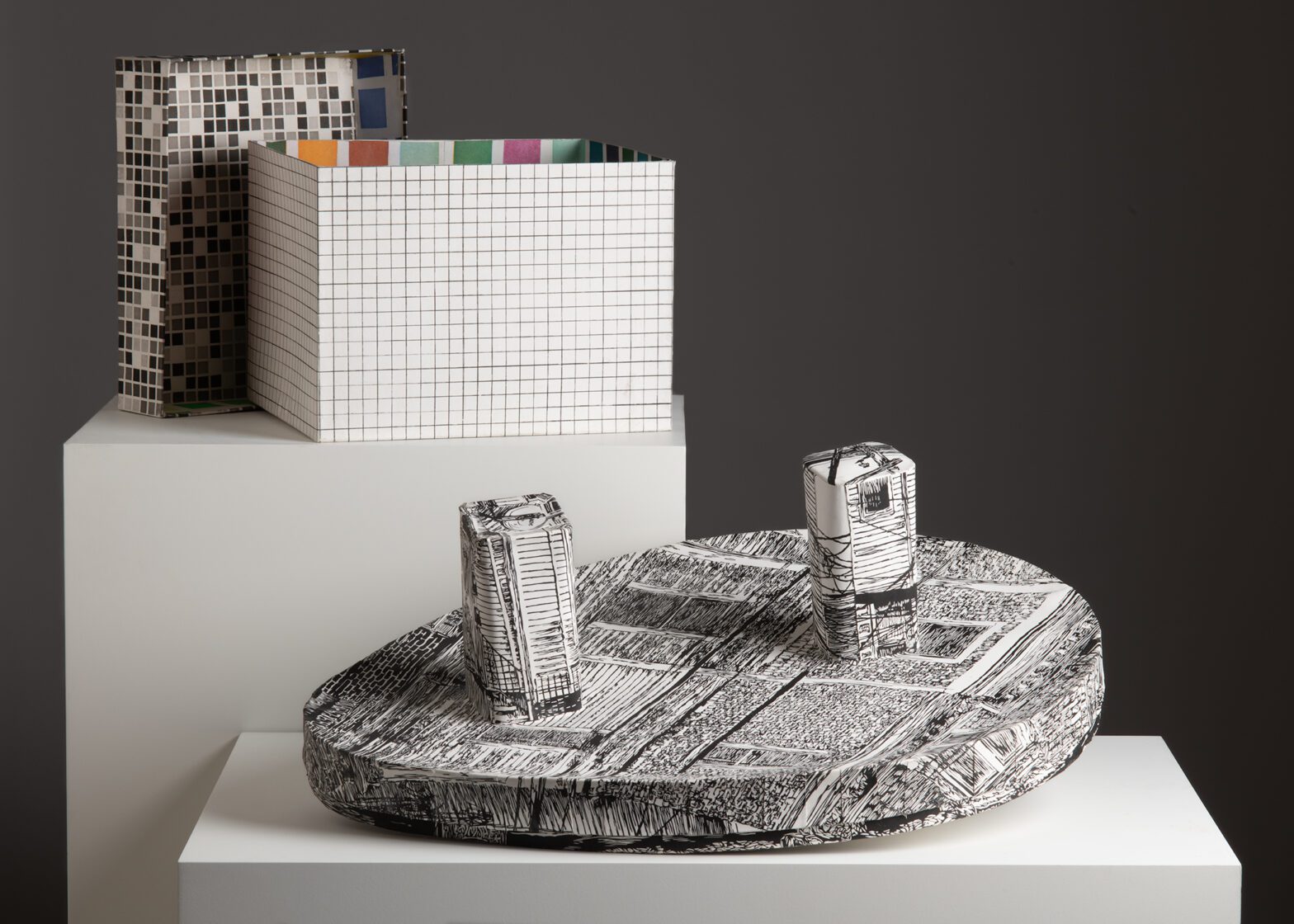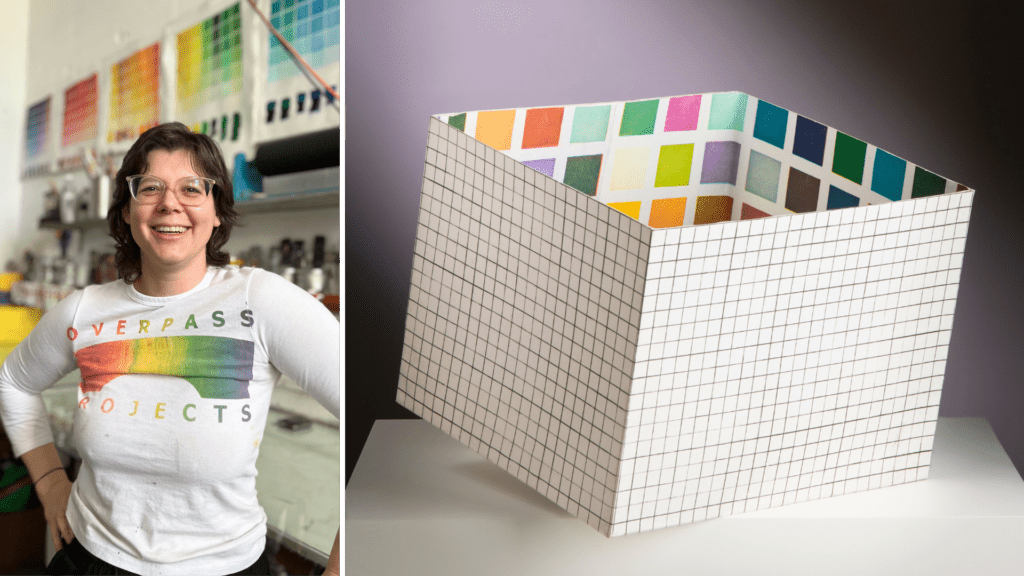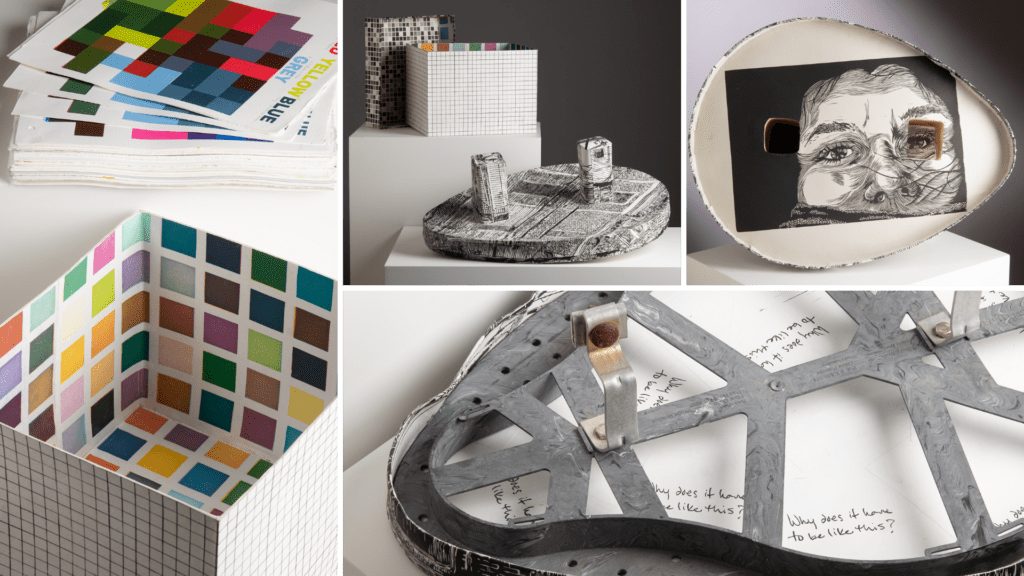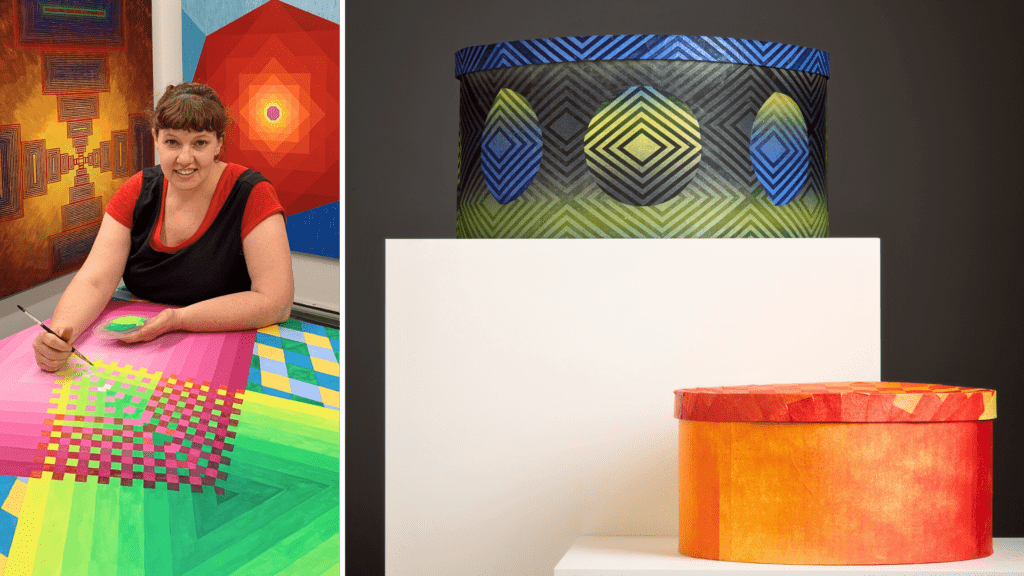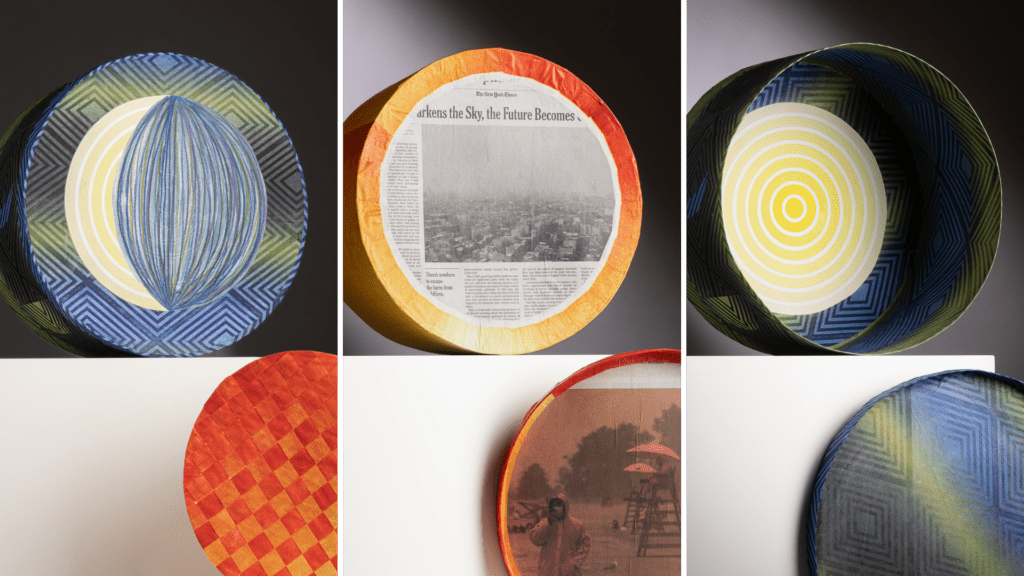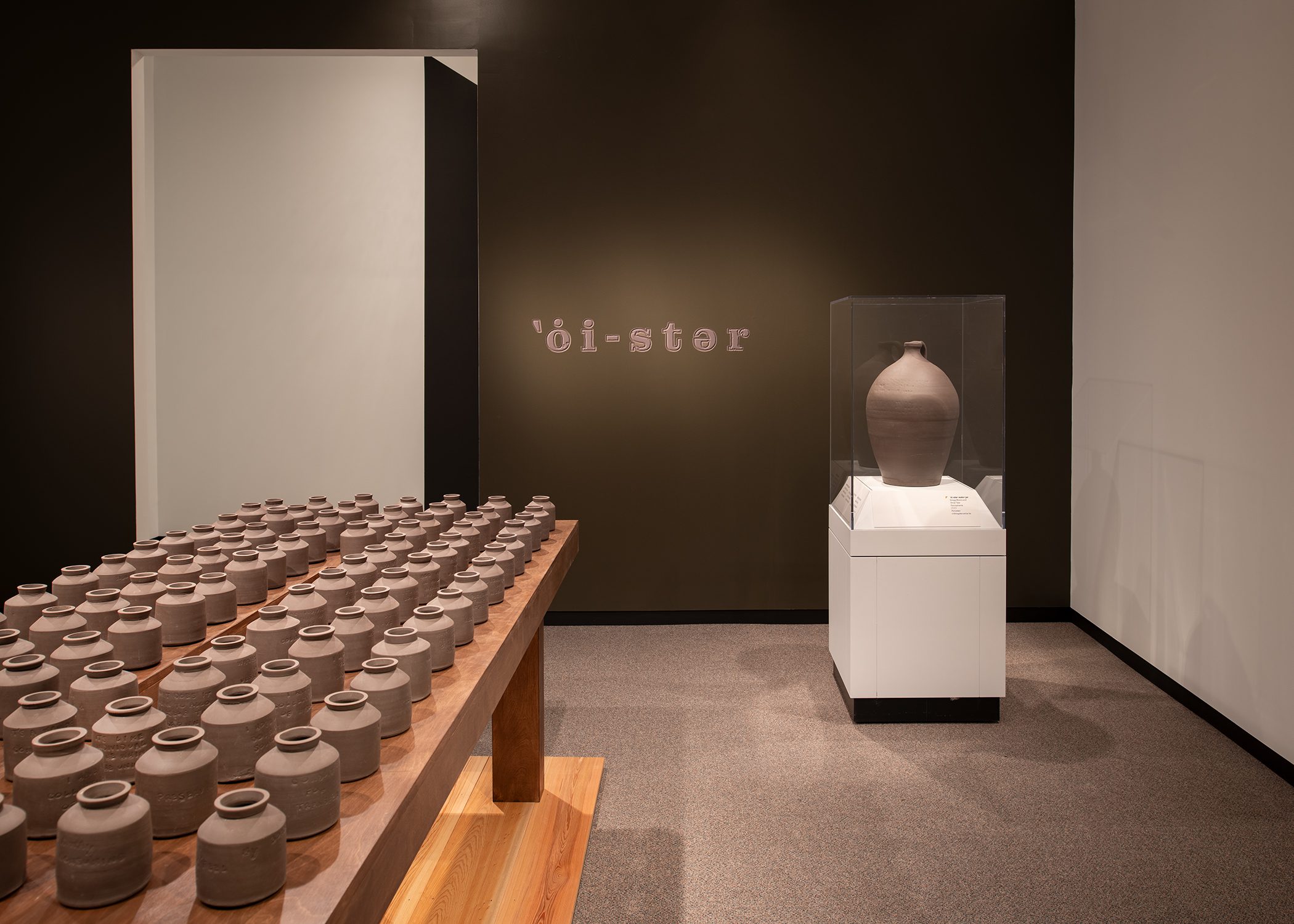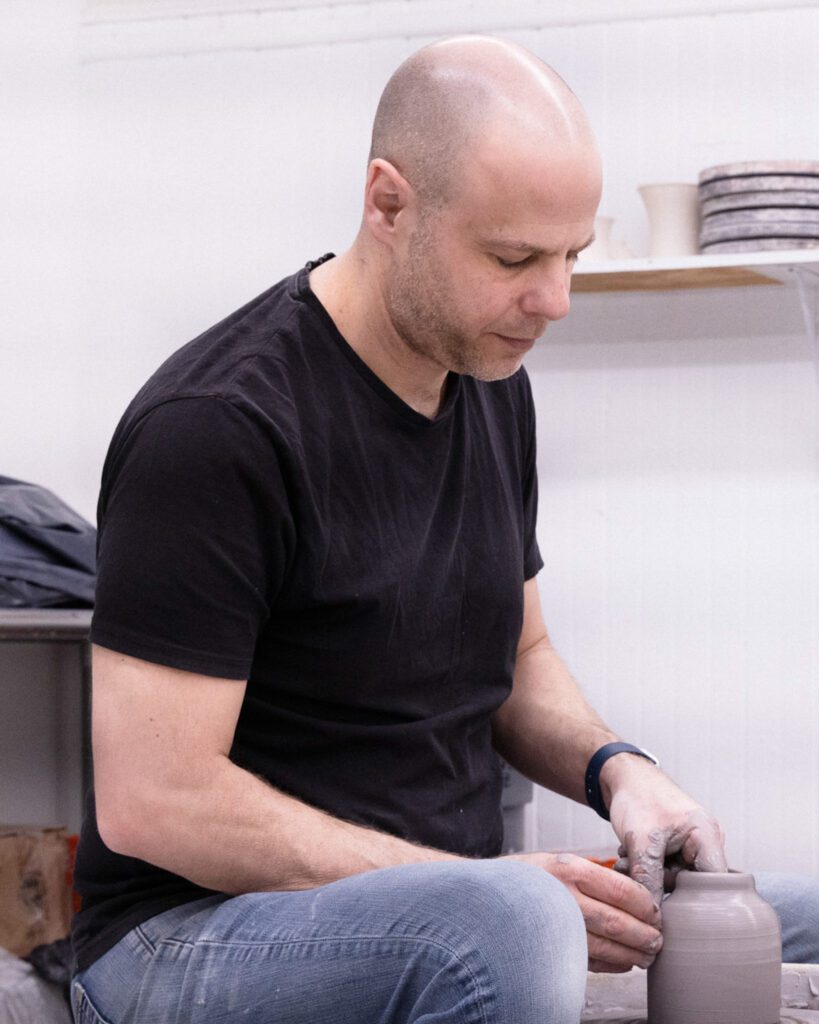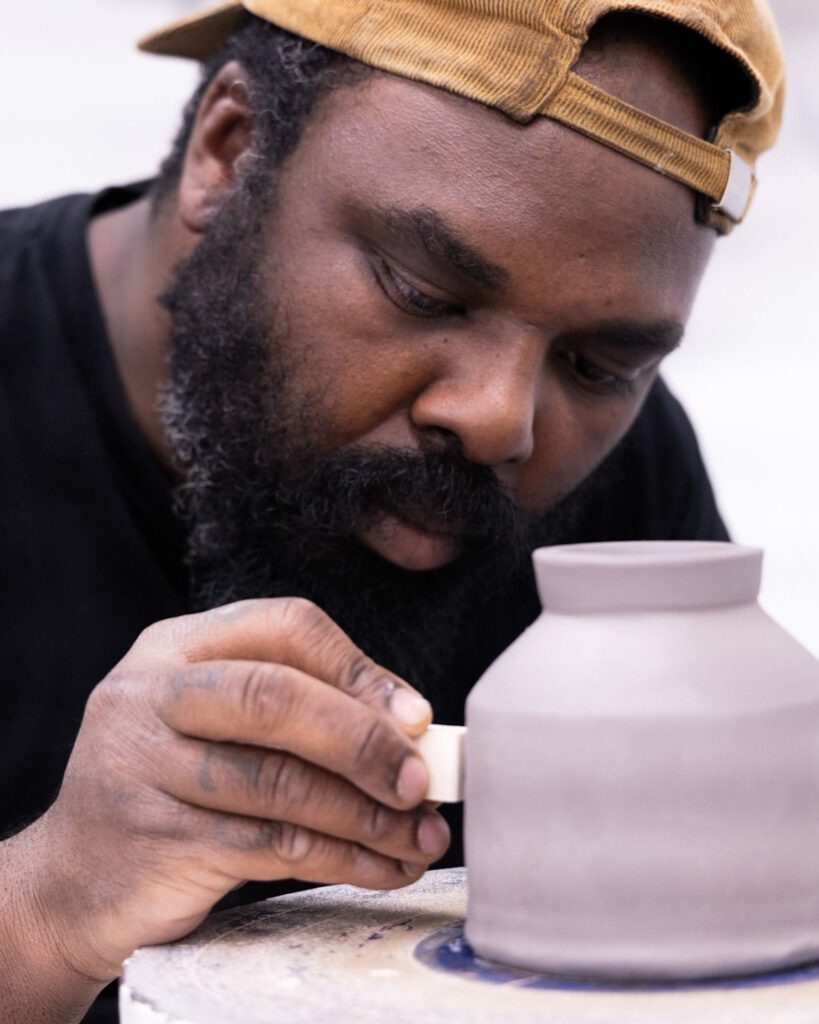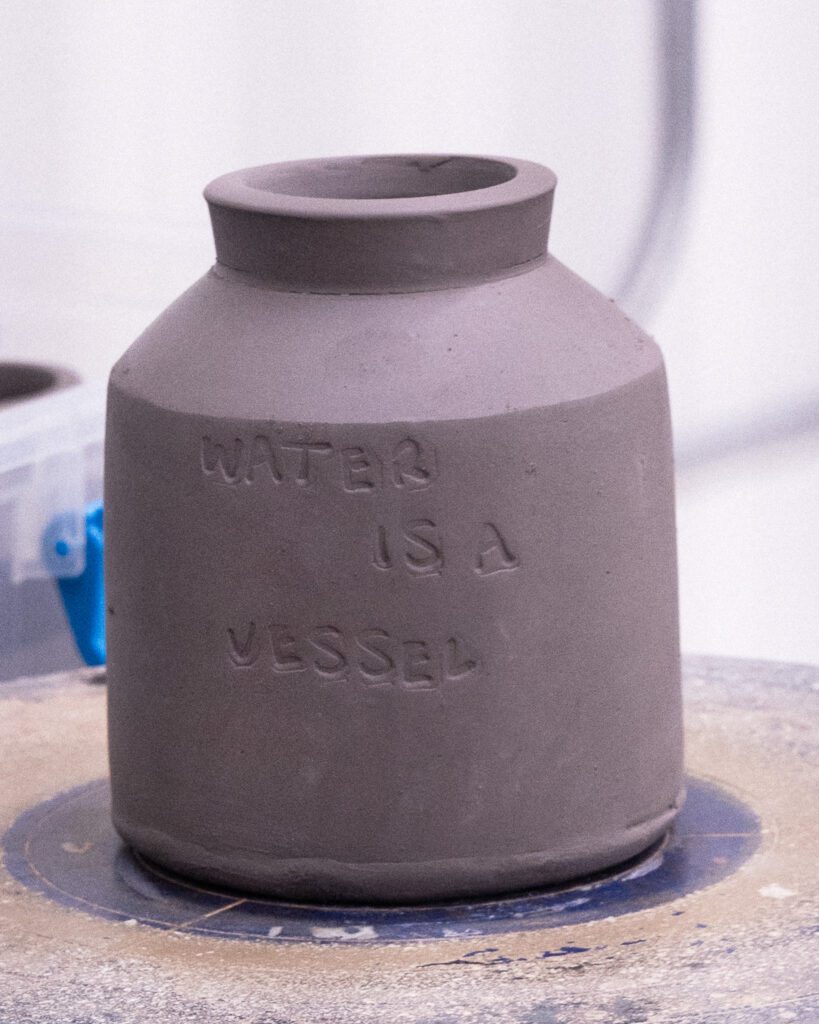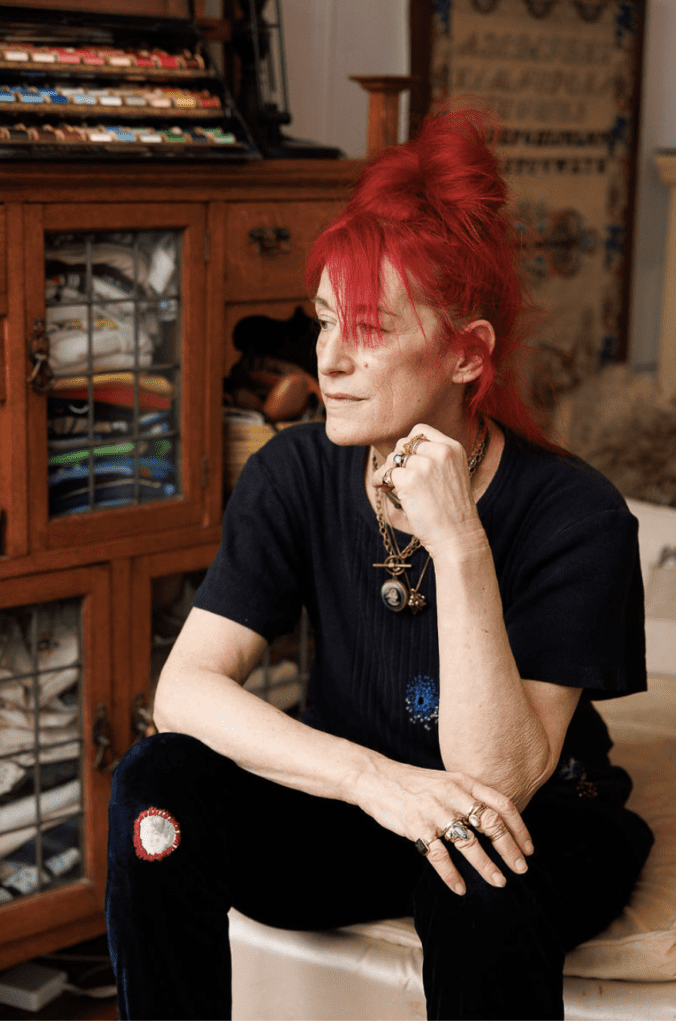
About the Artist
New York, New York
Kate Sekules is a mending advocate, activist, educator, and researcher. She is assistant professor of fashion history at Pratt Institute, Brooklyn, and of “Mending Fashion” at Parsons School of Design, and she lectures frequently for institutions and organizations including the Textile Society of America, American Studies Association, Association of Dress Historians, Fashion Institute of Technology, Rhode Island School of Design, and the British Museum. She hosts #MendMarch on Instagram, as well as regular mending groups, and runs MAWG (Mending Archives Working Group) and visiblemending.org a crowdsourced world map. Sekules is the author of MEND! A Refashioning Manual and Manifesto (Penguin, 2020), and her doctoral dissertation is titled “A History and Theory of Mending” (Bard Graduate Center, 2025). Her work in Transformations includes visible mends and an example of her recent work with “punk smocking,” a way to cover stains or tears, or to just mend out the boring!
Website: VisibleMending.com
Social Media: @VisibleMend
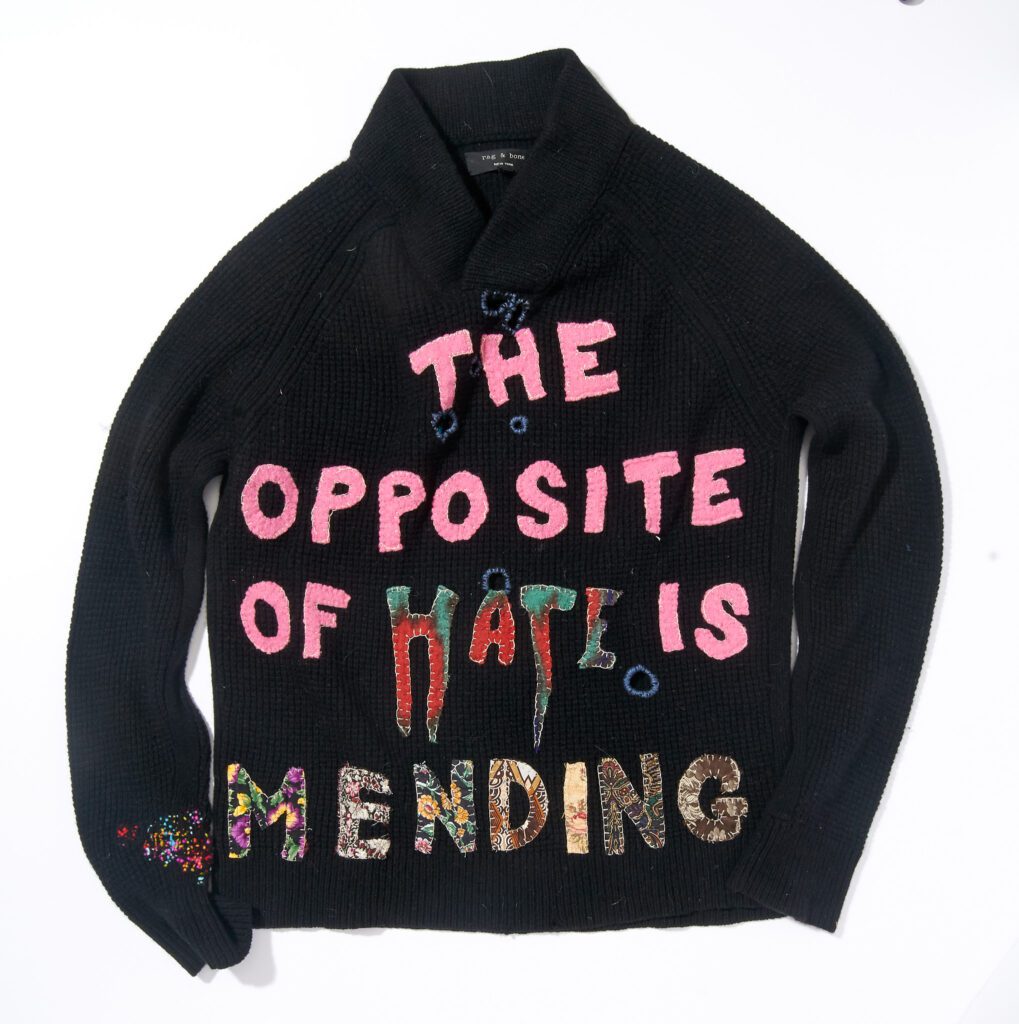
Artist Statement
This sweater is obviously a statemend, but all my mends, or co-designs, are meant to stand out. To me, mending is an artistic intervention, a structural, methodological, even metaphysical interference in the life path of a textile object; its application more choice than chore, since it consumes the luxury of time. This counters the history of the mend. For centuries, or millennia, stitchers, usually women, strove for minimal transformation when addressing—relentlessly, inescapably, thanklessly—the effects of time and wear on personal and household textiles. Patches and darns signaled inaccessibility of replacement goods and announced poverty, causing shame. Today, mass-produced faux-patches and industrially ripped denims signal not poverty but fashion. Textile is disvalued. Hyperproduction in insulting conditions, planned obsolescence, trend-based dressing, brand hegemony, discarding disguised as donation or decluttering—I mend in relationship to all of that, gleefully customizing and conserving—in this case punk smocking—what was made for landfill.

Socksisters Project
Estella Lawall Doerr Haase (1896–1994) kept a collection of her late husband Louis Theodore George Haase’s (1892–1945) worn socks intact for forty-nine years. Kate Sekules acquired this group for her own collection. Many had holes in the left big toe and rear right ankle. Only some had partial repairs…so Kate Sekules contacted an international network of menders through Instagram and asked them, “Who wants to mend a pair?” What started as a joke became a serious project with The Socksisters, twenty-five women in eight countries* who were given free rein to extemporize and repair Louis’s socks in a unique fashion.
The Socksisters
| Sue Bamford | Belfast, Ireland |
| Glenda Barnett | Devon, England |
| Hannah Blair | Daly City, California |
| Elsa Buijs | Hilversum, Netherlands |
| Anna Chapman-Andrews | Kew, London |
| Linda Collignon | Buffalo, New York |
| Annabelle Cooke | Florence, Italy |
| Martina Cox | New York, New York |
| Hanne Dale | Bergen, Norway |
| Sarika Dopp | Queens, New York |
| Charlotte Jenner | Wiltshire, England |
| Anja Lampert | Vienna, Austria |
| Rosie Leech | Oxford, England |
| Emei Ma | Toronto, Ontario |
| Emma Mathews | London, England |
| Kate Miller | Vancouver, British Columbia |
| Torill Josefine Norhagen | Oslo, Norway |
| Jane Pimlott | London, England |
| Katie Reimers | Buffalo, New York |
| Sally Robinson | Lincolnshire, England |
| Elysha Schuhbauer | Kitchener, Ontario |
| Kate Sekules | Brooklyn, New York |
| Daisy Smith | West Hollywood, California |
| Bridgett St. Meave | Bellingham, Washington |
